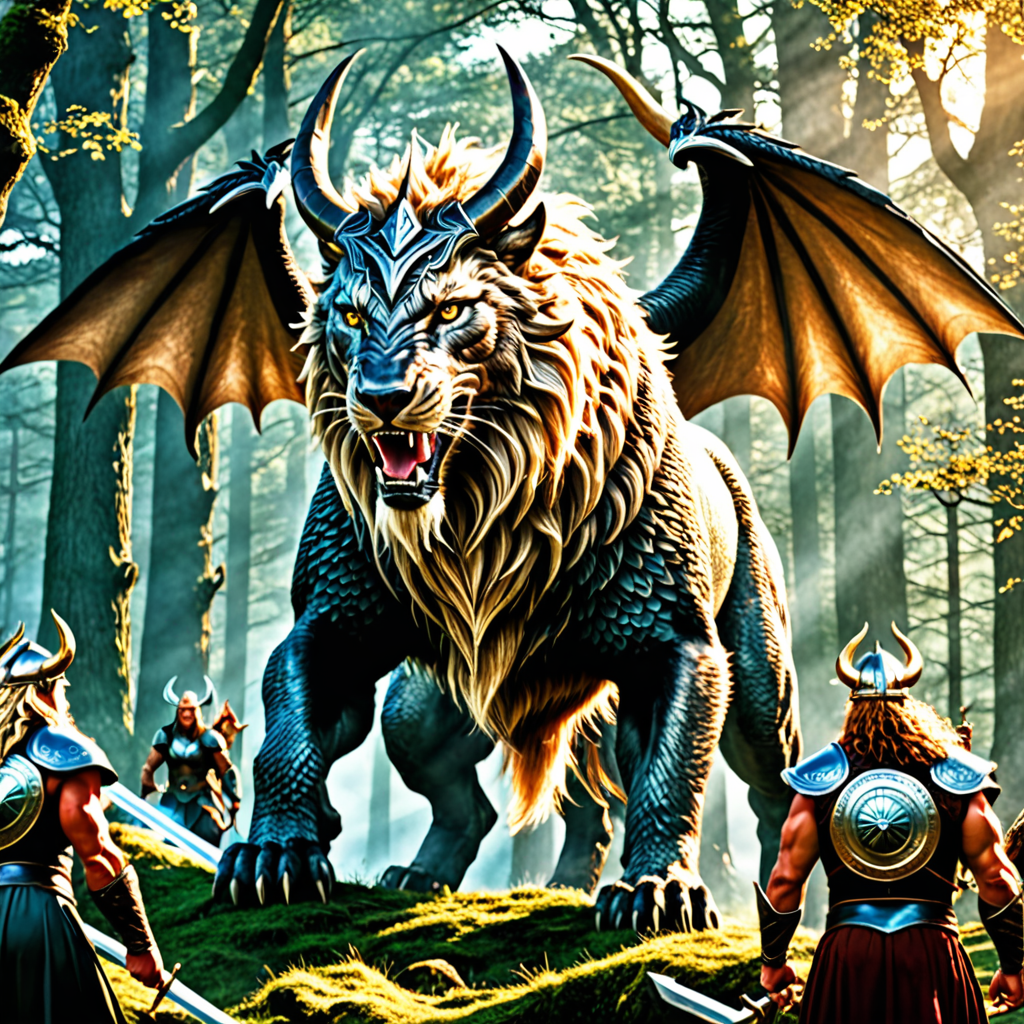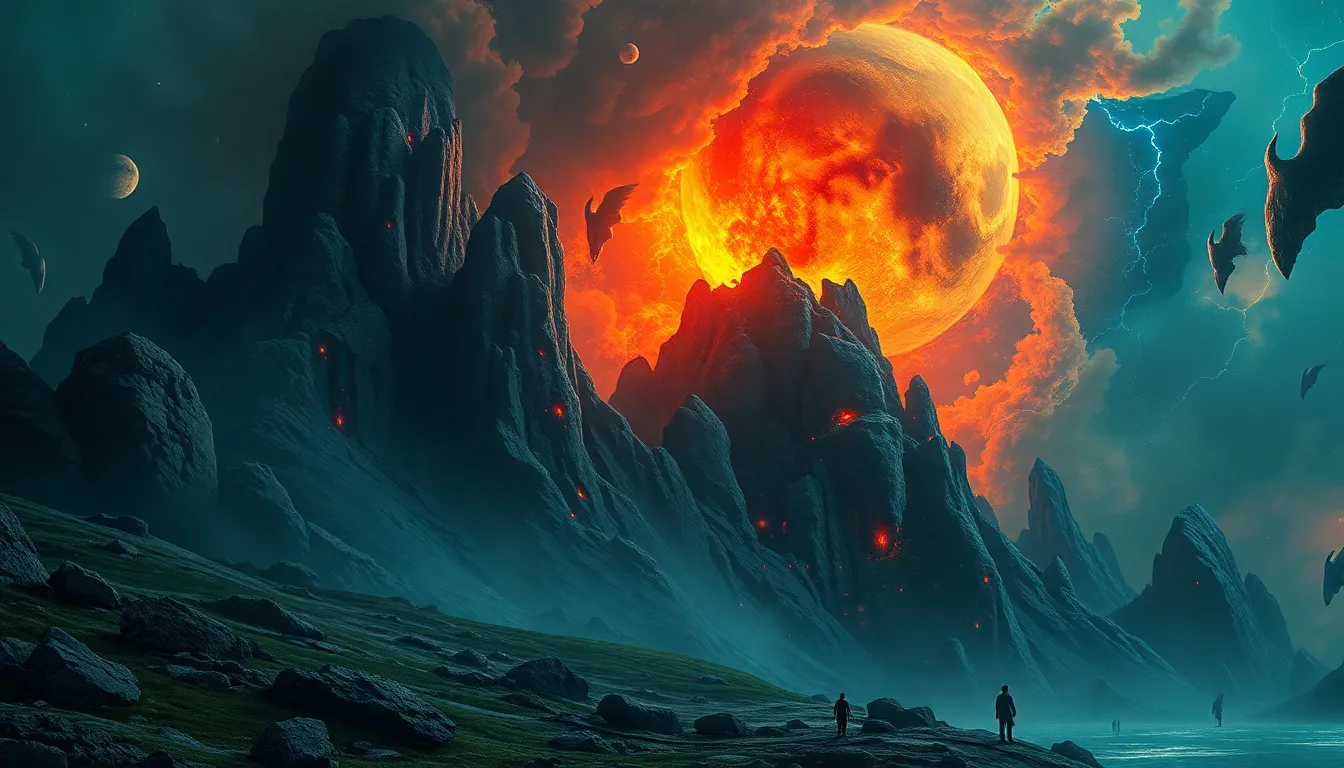The Role of Mythical Beasts and Creatures in Norse Mythology
Mythical beasts and creatures are an integral part of Norse mythology, adding depth and mystique to the rich tapestry of tales woven by the ancient Norse people. Let’s explore the significance and roles of these fantastical beings in the mythos of the Vikings.
The Mighty Dragons: Fearsome Guardians and Harbingers of Doom
Dragons feature prominently in Norse mythology as powerful and fearsome creatures. The most famous among them is Nidhogg, a dragon who gnaws at the roots of Yggdrasil, the World Tree. Dragons are often seen as guardians of treasures or knowledge, and their presence is associated with impending danger or great quests.
The Stealthy Giants: Formidable Foes and Shapers of the World
In Norse mythology, giants play a significant role in the cosmic order. These colossal beings are sometimes portrayed as adversaries to the gods, challenging them with their immense strength and cunning. Giants are also credited with shaping the world’s landscapes and natural features, emphasizing their role as architects of the earth.
The Wise Serpents: Keepers of Secrets and Agents of Change
Serpents, particularly the Midgard Serpent Jormungandr, are prevalent in Norse mythology. Jormungandr, who encircles the world, symbolizes the cyclical nature of life and the inevitability of Ragnarok, the end of the world. Serpents are often associated with wisdom, transformation, and the hidden knowledge of the cosmos.
Magical Beasts: Conduits of Mystical Forces and Symbolic Meanings
Various other mythical beasts like the fenrir wolf, Sleipnir — Odin’s eight-legged horse, and the spectral hounds serve as intriguing elements within Norse mythology. These creatures embody different traits and symbolisms, adding layers of complexity to the tales of the gods and heroes of the Norse pantheon.
In conclusion, the mythical beasts and creatures in Norse mythology are not just fantastical embellishments but serve profound roles in conveying cultural values, spiritual beliefs, and existential truths. Their presence enriches the narrative world of the Norse mythos, inviting us to delve deeper into the enduring legacy of these captivating stories.
FAQ: Mythical Beasts and Creatures in Norse Mythology
What are some prominent mythical beasts in Norse Mythology?
Some notable mythical creatures in Norse Mythology include the fearsome dragon Nidhogg, the monstrous wolf Fenrir, the mighty sea serpent Jormungandr, and the powerful eagle Hraesvelgr.
What roles do these mythical creatures play in Norse Mythology?
Mythical beasts in Norse Mythology often symbolize chaos, destruction, or powerful forces of nature. For example, Jormungandr, the Midgard Serpent, represents the oceans, while Fenrir signifies destruction and chaos.
Are there any benevolent mythical creatures in Norse Mythology?
Yes, Norse Mythology includes benevolent creatures like the protective guardian spirit, Norns, who shape destinies, and the sacred stag Eikthyrnir, residing amongst the branches of the world tree Yggdrasil.
How do these mythical beasts impact Norse Mythology overall?
Mythical beasts and creatures in Norse Mythology enrich the tales with symbolism, embodying themes of nature, fate, and the eternal struggle between chaos and order. They add depth and mystery to the rich tapestry of Norse lore.



